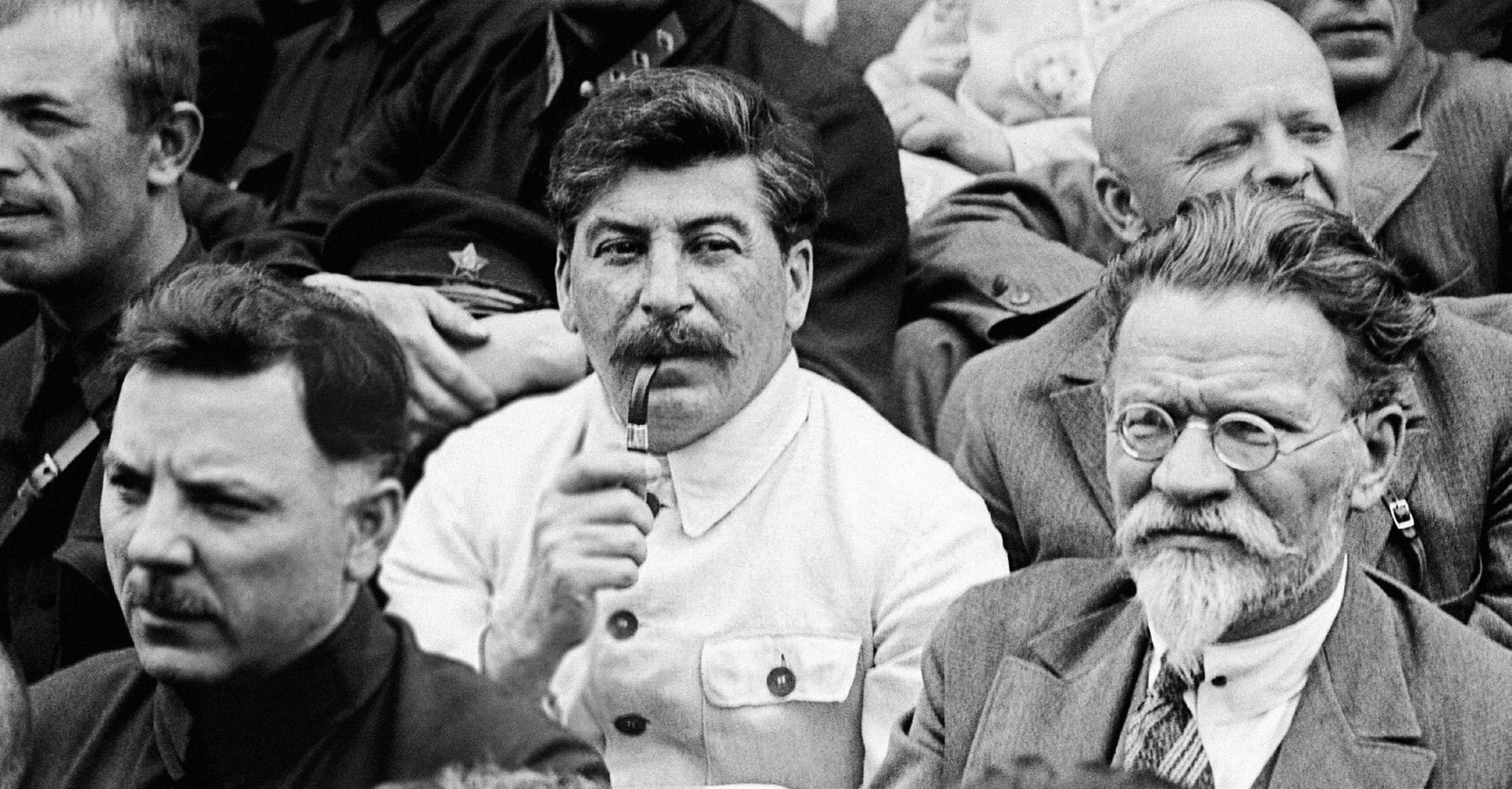
The Soviet Union of the 1920s had enormous economic potential. Its land mass was three times the size of Europe. Its population was twice the size of the USA. It was rich in natural resources, including fertile farmland and plentiful deposits of oil, coal and iron. Yet the traumas of war, revolution and civil war had devastated production levels and left the country politically isolated, with a peasant population resistant to change and interference from Moscow.
The results of Stalin’s twin policies of collectivisation and industrialisation shaped the Soviet Union and its people for six decades and had a significant impact on the outcome of the Second World War. Official figures of the Five Year Plans may be questionable but the pace of industrialisation was staggering, industrial workers in the towns were fed and 99% of Soviet agriculture was collectivised by 1939.
Your organisation does not have access to this article.
Sign up today to give your students the edge they need to achieve their best grades with subject expertise
Subscribe




